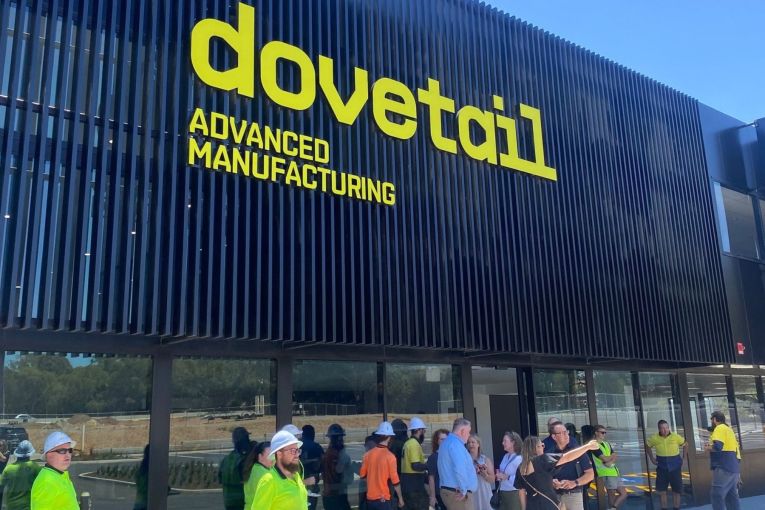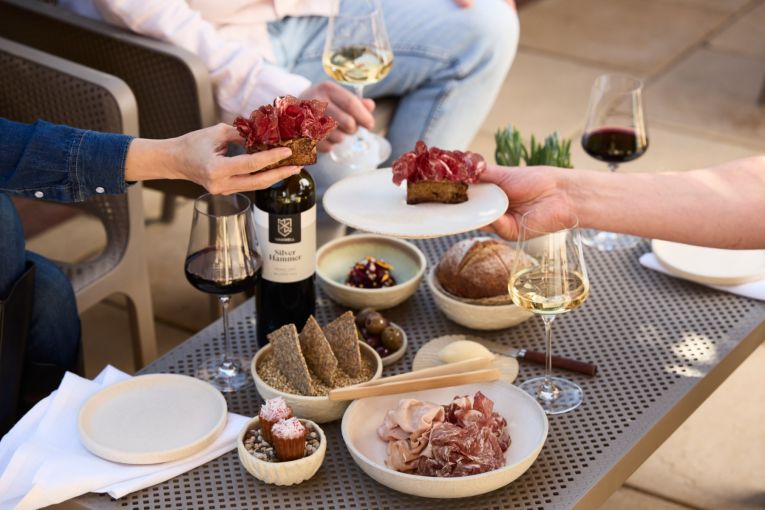10 minutes with… Ronald McDonald House Charities SA CEO Melissa Monkhouse
Business Insight spoke to the South Australian CEO of Ronald McDonald House Charities, which celebrates its 25th anniversary this year.

You’ve had quite a varied career. How did you get to RMHC?
My career has always centred on purpose driven work. I’ve worked across sectors where impact, equity and innovation intersect and Ronald McDonald House felt like a natural next chapter. I was drawn to this role not just because of what Ronald McDonald House does, but why it exists. Family is central to my own wellbeing, it’s where I find strength and grounding. So, the mission of keeping families close during the most vulnerable moments of their lives deeply resonates with my values on both a professional and personal level.
For me, passion isn’t just about showing enthusiasm, it’s about having a deep, meaningful drive that guides the way I lead. It’s what helps me see the bigger picture, stay steady during challenges, and make bold decisions when change is needed.
It’s hard to believe RMHC is already 25 years old. Why is it still a vital service?
Twenty-five years is a milestone that speaks to thousands of families who have found comfort and support during some of their hardest days. In this time, the world has changed and so have the challenges families face. Medical journeys are more complex, travel is often longer, and cost-of-living pressures and emotional strain are ongoing realities.
That is why Ronald McDonald House has evolved. We no longer just offer a place to stay. We now provide mental health support, nutritional home cooked meals 7 nights a week, education continuity for siblings and culturally responsive care. When a child is sick or injured, the whole family is impacted, and healing takes more than just medicine.
You might like
Ronald McDonald House offers more than accommodation. It’s a space where families feel connected, supported, and seen. That kind of care is just as vital today as it was 25 years ago — maybe even more so.
How has the offering changed over the years?
What began as a place to sleep has grown into a holistic, responsive model of care. Inside the House, we now provide case management, a dedicated Aboriginal Family Support Worker, and connections to an extensive network of referral partners. It’s a wraparound approach that supports families emotionally, practically and culturally.
Beyond the House, we’ve expanded education programs across South Australia to help children catch up after missing school due to illness or injury. In hospitals, our Hospitality Carts in two major metro hospitals offer free snacks and essentials. It may seem simple but for a parent who hasn’t eaten all day while sitting beside their sick child, it’s a moment of comfort, a reminder that someone cares.
Our support adapts to meet families where they are. We’re always listening, learning, and evolving because families’ needs change, and we are committed to growing with them.
Talk me through the renovation of the SA House and why that’s important.
Stay informed, daily
One in four regional families need to travel to Adelaide to access the healthcare their child needs. For many, that means leaving behind their support networks, jobs, and daily routines during one of the most stressful times in their lives.
Last year alone, we had to turn away more than 190 families simply because we didn’t have enough space. That reality pushed us to think differently. We needed to innovate, reimagine our footprint, and create more room for the people who rely on us in their most challenging times.
The recent renovation added five new family rooms, allowing us to support up to 140 additional families each year. It’s not just about increasing capacity — it’s about making sure that the families with the greatest need can access care, stability, and connection when they need it most. We’ve made a deliberate commitment to prioritising families experiencing social and financial disadvantage, because we believe no one should miss out on support due to where they live or what they can afford.
This transformation wouldn’t have been possible without Bella Build and Design and the incredible team of trades who brought it to life. Their care and craftsmanship reflect the same values we hold as an organisation.
This is more than accommodation. It’s a place of stability, comfort, and healing — and that changes everything.
How did the Gala Ball go this year?
It was an extraordinary night, not just because of the fundraising result but because of what it represented. Twenty-five years of community, generosity, and thousands of families supported. The Ball was a celebration, yes, but it was also a commitment. People walked away understanding that while we’ve done a lot, there’s still so much more to do. That success means we can say yes to more families, more often – and as a leader, that’s incredibly motivating. It reinforces that the community believes in us, trusts us, and is walking alongside us.
What does it take to be a leader in the care industry?
Leading in the care sector requires a combination of clarity, courage and compassion. You need a strong vision for what is possible, but also the willingness to question systems and challenge the status quo when they are no longer serving the people who need them most.
At the heart of it, care is deeply human work. It demands leaders who can hold both strategy and empathy at the same time. For me, that means leading with authenticity, staying grounded in purpose, and never losing sight of the people we are here to support.
I believe real change happens when leadership is not only values-driven, but shared. Co-design is central to how I lead. It is about listening, learning and creating solutions alongside the families, staff and communities who are most affected. That kind of leadership is not always easy, but it is the kind that truly transforms systems and lives.









